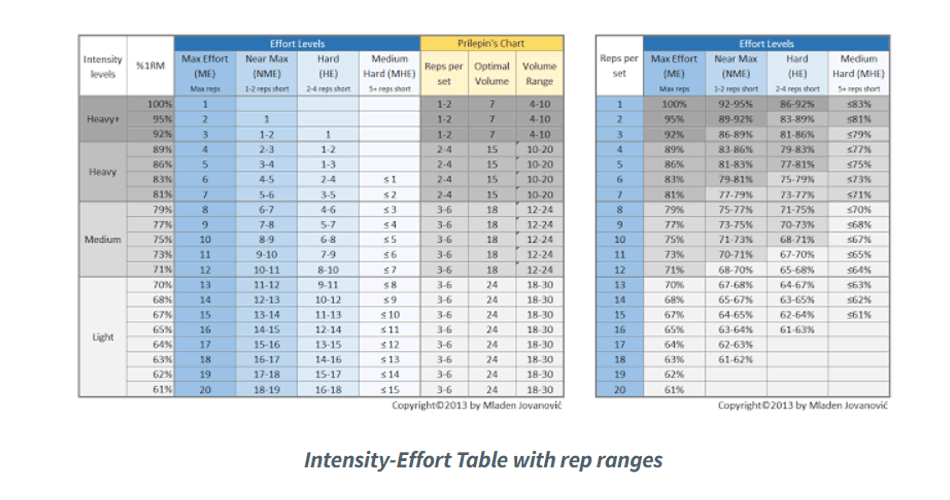Percent-Based to Velocity-Based Converter 2.0
Nothing Is More Practical Than A Good Theory 1
In the following video I am explaining how to use Excel converter to convert percent-based programs to velocity-based programs based on lifters load-velocity profile for a given movement.
I am covering some important ‘rules’ and relationships of velocity-based approach to strength training, like load-velocity profiles, minimal-velocity threshold, “reps-in-tank velocity relationship”.
The new version of the converter includes conversion from velocity-based to percent-based approach using load-velocity profile and %1RM-max reps profile. This is important since it allows coaches to get easier ‘grip’ on velocity-based approach and how it could be used and converted.
To find out more, please watch the video below.
Members Only! To Download the Percent-Based to Velocity-Based Converter, Please Support Us.
1 In the video I stated that Volta said this, but I cannot find it anywhere online. Apparently Kurt Lewin said it.











Responses